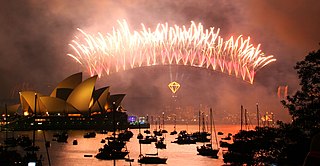
Fireworks are a class of low explosive pyrotechnic devices used for aesthetic and entertainment purposes. They are most commonly used in fireworks displays, combining a large number of devices in an outdoor setting. Such displays are the focal point of many cultural and religious celebrations, though mismanagement could lead to fireworks accidents.

Pyrotechnics is the science and craft of creating such things as fireworks, safety matches, oxygen candles, explosive bolts and other fasteners, parts of automotive airbags, as well as gas-pressure blasting in mining, quarrying, and demolition. This trade relies upon self-contained and self-sustained exothermic chemical reactions to make heat, light, gas, smoke and/or sound. The name comes from the Greek words pyr ("fire") and tekhnikos.

A skyrocket is a type of firework that uses a solid-fuel rocket to rise quickly into the sky; a bottle rocket is a small skyrocket. At the apex of its ascent, it is usual for a variety of effects to be emitted. Skyrockets use various stabilisation techniques to ensure the flight follows a predictable course, often a long stick attached to the side of the motor, but also including spin-stabilisation or fins.

A firecracker is a small explosive device primarily designed to produce a large amount of noise, especially in the form of a loud bang, usually for celebration or entertainment; any visual effect is incidental to this goal. They have fuses, and are wrapped in a heavy paper casing to contain the explosive compound. Firecrackers, along with fireworks, originated in China.

A Roman candle is a traditional type of firework that ejects one or more stars or exploding shells. Roman candles come in a variety of sizes, from 6 mm (0.24 in) diameter for consumers, up to 8 cm (3.1 in) diameter in professional fireworks displays.

A sparkler is a type of hand-held firework that burns slowly while emitting bright, colored sparks.

In an explosive, pyrotechnic device, or military munition, a fuse is the part of the device that initiates function. In common usage, the word fuse is used indiscriminately. However, when being specific, the term fuse describes a simple pyrotechnic initiating device, like the cord on a firecracker whereas the term fuze is used when referring to a more sophisticated ignition device incorporating mechanical and/or electronic components, such as a proximity fuze for an M107 artillery shell, magnetic or acoustic fuze on a sea mine, spring-loaded grenade fuze, pencil detonator, or anti-handling device.
In pyrotechnics a salute is a device primarily designed to make a loud report (bang), rather than have a visual effect, although most salutes also have a bright flash. They most commonly consist of a 70:30 mixture of potassium perchlorate and dark aluminium powder and may have titanium added for a cloud of sparks. The salute may be fired on the ground or launched from a mortar as a shell. Due to the nature of the effect, large salutes are some of the more hazardous fireworks.

Flash powder is a pyrotechnic composition, a mixture of oxidizer and metallic fuel, which burns quickly (deflagrates) and produces a loud noise regardless of confinement. It is widely used in theatrical pyrotechnics and fireworks and was once used for flashes in photography.
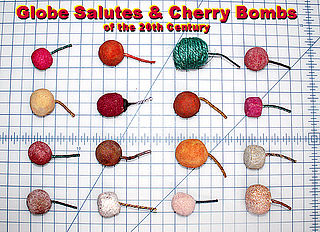
A cherry bomb is an approximately spherical exploding firework, roughly resembling a cherry in size and shape. Cherry bombs range in size from three-quarters to one and a half inches in diameter.
Armstrong's mixture is a highly shock and friction sensitive primary explosive. Formulations vary, but one consists of 67% potassium chlorate, 27% red phosphorus, 3% sulfur, and 3% calcium carbonate. It is named for Sir William Armstrong, who invented it sometime prior to 1872 for use in explosive shells.

An M-1000 Quarter Stick is a large firecracker that falls within a certain range of dimensions that carry 30 grams of flash powder. These dimensions typically are 3/4" x 3.5" or 1" x 2.5". Like all the others preceding it, you will see Visco fuse from varying lengths protruding from the side or end depending on the manufacturer.

Fireworks in England, Scotland and Wales are governed primarily by the Fireworks Regulations 2004, the Pyrotechnic Articles (Safety) Regulations 2015, and British Standards BS 7114 until 4/7/17 and BS-EN 15947-2015. In Northern Ireland, fireworks are governed by The Pyrotechnic Articles (Safety) Regulations 2015, and Explosives (Fireworks) Regulations (NI) 2002.
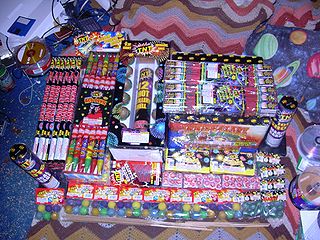
Consumer fireworks are fireworks sold for use by the general public. They are generally weaker in explosive power than the fireworks used in professional displays.

On the morning of December 31, 2007, ten fireworks stores began burning in Barangay Turo, Bocaue, Bulacan, Philippines, causing a series of explosions in the area. The fire lasted for almost an hour and caused several traffic jams on Fortunato F. Halili Avenue and the North Luzon Expressway.
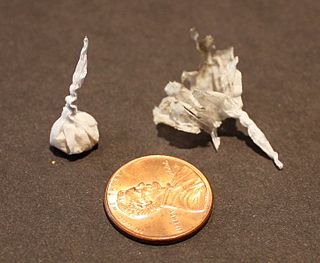
Bang snaps also known as Poppers or Whipper Snappers are a type of small novelty firework sold as a trick noisemaker.

Mexican handcrafted fireworks production is mostly concentrated in the State of Mexico in central Mexico. The self-declared fireworks capital of Mexico is Tultepec, just north of Mexico City. Although the main ingredient for fireworks, gunpowder, was brought by the conquistadors in the 16th century, fireworks became popular in Mexico in the 19th century. Today, it is Latin America’s second largest producer, almost entirely for domestic use, with products ranging from small firecrackers to large shells and frames for pyrotechnics called “castillos” (castles) and “toritos”. The industry is artisanal, with production concentrated in family-owned workshops and small factories with a number operating illegally. The relatively informal production and sales of fireworks have made it dangerous with a number of notable accidents in from the late 1990s to the present, despite attempts to safety regulations.
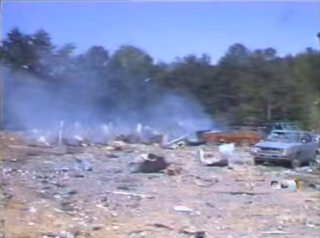
The Benton fireworks disaster was an industrial disaster that occurred on May 27, 1983, on a farm near Benton, Tennessee. A powerful explosion at an unlicensed fireworks factory producing illegal fireworks killed eleven and injured one, revealing the existence of the factory for the first time to law enforcement and the public. The initial explosion was heard more than 20 mi (32 km) away.
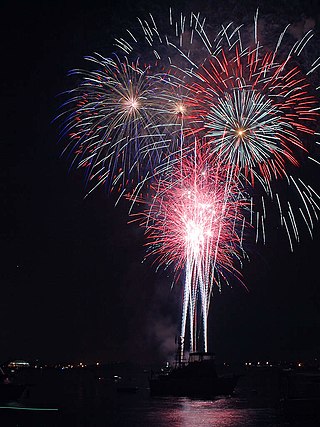
Fireworks policy in the United States can be different in each jurisdiction.

M-100's are a class of powerful firecrackers commonly called salutes.


















